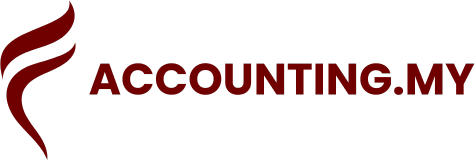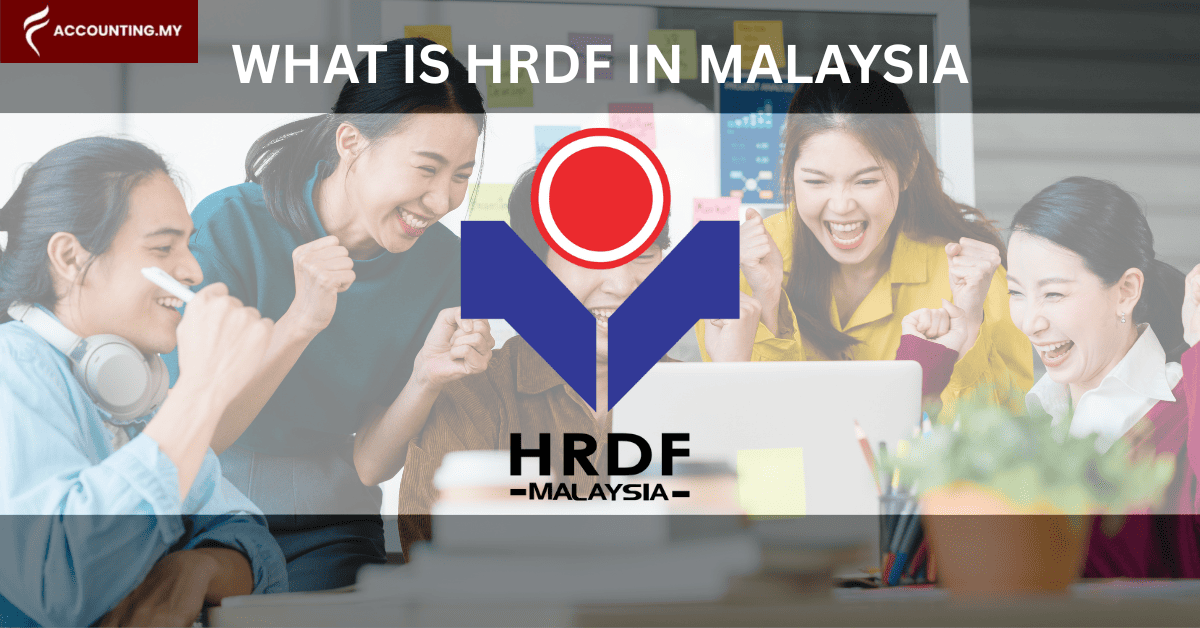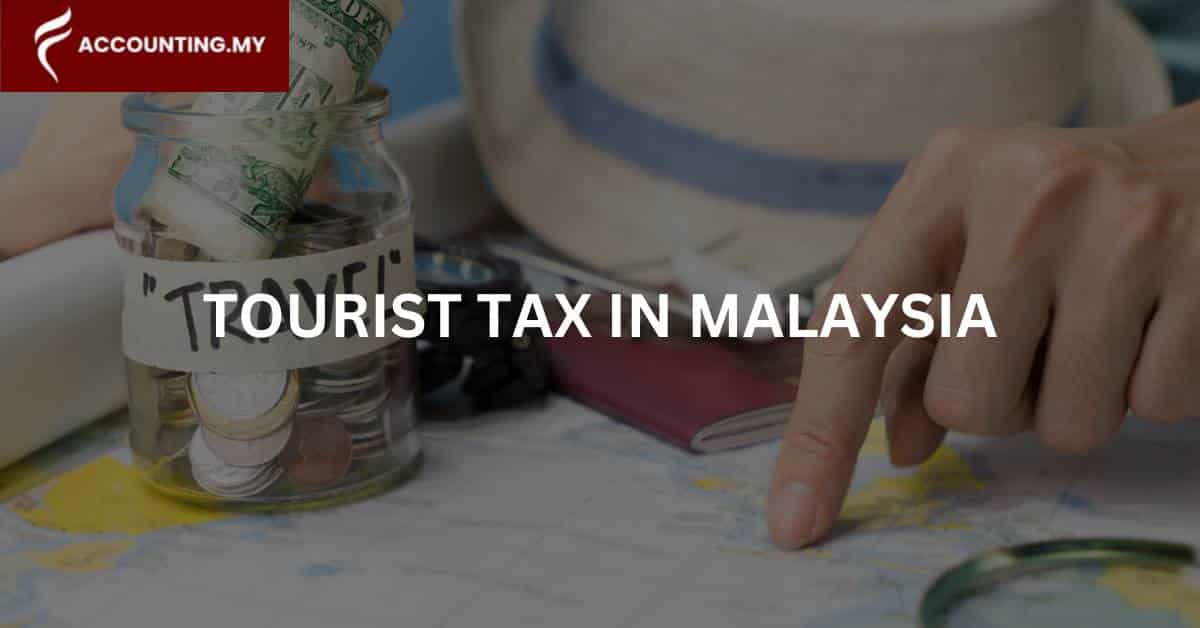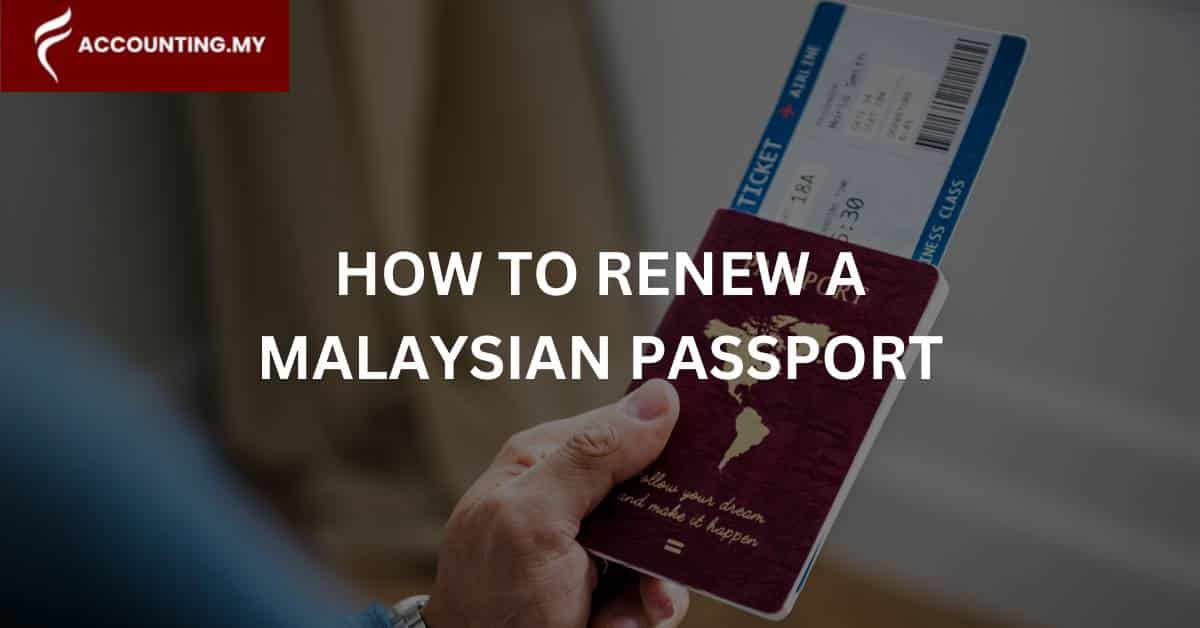The Human Resources Development Fund (HRDF) is a government-backed scheme under HRD Corp that reimburses Malaysian employers for staff training expenses. It helps businesses grow skills without shouldering the full cost.
We all know that hiring staff is already expensive. Upskilling them? Even more so, unless you claim HRDF Courses. In 2025, thousands of Malaysian companies are still overpaying for training they could be reimbursed or even claim for!
Which is why this guide is here to explain how HRDF works in Malaysia, who qualifies, how to claim, and why SMEs shouldn’t miss out in 2025.
How Does HRDF Work in Malaysia?
HRDF reimburses employers for training costs through monthly levy contributions.
HRDF is administered by HRD Corp under the Ministry of Human Resources. Eligible employers pay 1% of their employees’ wages to a levy fund (basically a tax), which can be claimed back to support skill-based training.
- Levy rate: 1% of employees’ basic salary + fixed allowances
- Eligibility: Malaysian businesses in covered industries with ≥10 staff
- Claims: Course fees, trainer charges, transport, and accommodation
The programme supports continuous learning while reducing the financial pressure on employers.
Who Needs to Register for HRDF?
HRDF registration is mandatory if your company meets the following conditions:
- 10 or more Malaysian employees
- Operates within a registered sector under HRD Corp
Companies with 5–9 employees can register voluntarily and enjoy the same claim benefits.
HRDF-Covered Industries (2025)
Category | Example Sectors |
Core Industries | Agriculture, Mining, Construction, Manufacturing, Trading, Wholesale |
Lifestyle & Retail | Fashion, Cosmetics, Food & Beverage, Tourism, Property, Franchises |
Energy & Transport | Oil & Gas, Automotive, Waste Management, Delivery, Water, Electricity |
Media & Finance | ICT, Film & Broadcasting, Banking, Insurance, Investment |
Knowledge & Public Services | Education, Healthcare, Professional Services, R&D, Technical Industries |
Who’s Exempted?
- Local Councils
- Federal and State Government Bodies
- NGOs focused solely on social welfare (non-commercial)
What Can You Claim Through HRDF?
You can claim costs related to internal or external training for eligible employees.
Training Type | Examples |
External Courses | Digital tools, safety, certifications, soft skills |
Internal Upskilling | In-house sessions with certified trainers |
Trainer Fees | For approved third-party or in-house training |
Travel & Accommodation | Hotel, mileage, transport (if training is outside the base city) |
Training Materials | Courseware, printed modules, approved software |
Claims must align with approved training schemes (SBL-Khas, SBL) and HRD Corp guidelines.
How Do You Calculate the HRDF Levy in 2025?
The HRDF levy is a compulsory 1% contribution based on employee wages, paid monthly by the employer, not deducted from the staff.
If your company is registered with HRD Corp, you’ll need to contribute for each eligible Malaysian employee. The monthly levy helps fund claimable training programmes for your workforce.
The Formula
“HRDF Levy = (Basic Salary + Fixed Allowances) × 1%”
Let’s say an employee earns:
- RM3,000 basic salary
- RM300 fixed transport allowance
- RM200 fixed housing allowance
Your monthly contribution = RM3,500 × 1% = RM35
You’ll repeat this for every local employee on your payroll who qualifies.
Fixed Allowances Under HRDF
Only contractually agreed, consistent payments are included in the levy calculation. Here’s what typically counts in Malaysia:
Included as Fixed Allowances | Not Included |
Transport allowance (fixed monthly) | Overtime pay |
Housing allowance | Performance-based bonuses |
Meal allowance (if fixed) | Commissions and variable incentives |
Shift allowance (if fixed) | Reimbursements (parking, tolls.) |
Example: If your employment letter states a monthly RM200 transport allowance, this is counted. But if the transport amount changes based on travel distance, it won’t apply.
Key Points for Malaysian Employers
- Contribution is based on gross monthly wage + fixed allowances
- Submit payments to HRD Corp by the 15th of the following month
- Use your payroll report to calculate monthly levy accurately
- Only Malaysian citizens are subject to HRDF levy, not foreign staff
What Is the HRDF Claim Process?
Step 1: Register as an HRDF Employer
- Must be done before making any claims
- Required documents: SSM cert, EPF/SOCSO proof, company profile
- Use the HRD Corp eTRiS Portal for submission
Step 2: Select a HRDF-Claimable Training
- Choose courses from HRD Corp-registered providers
- Gather: brochure, trainer profile, quotation
- Ensure the programme matches approved schemes (SBL-Khas)
Step 3: Pay Training Fees Upfront
- Employer pays course provider directly
- Retain official invoice and receipt
- Ensure details match registered business
Step 4: Submit Your Claim on eTRiS
- Submit claim online within 6 months of course completion
- Documents needed:
- Claim form
- Attendance list
- Certificate of completion
- Proof of payment
Step 5: Wait for Reimbursement
- HRD Corp typically processes within 14–30 working days
- Payment made to employer’s registered bank account
Which HRDF Claim Scheme Should You Use? (SBL vs SBL-Khas Explained)
HRDF offers two main ways to claim training costs, SBL and SBL-Khas. Both let you get reimbursed, but the process and flexibility are different.
What They Mean:
- SBL (Skim Bantuan Latihan): For training that needs pre-approval. Best if you plan courses early.
- SBL-Khas: A quicker option where HRD Corp pays the training provider directly. No pre-approval needed.
Here’s a table to compare both.
Feature | SBL | SBL-Khas |
Approval Needed | Yes, must get approval before training | No, just submit claim after training |
Trainer Type | Must use HRDF-registered trainer | Must use HRDF-registered trainer |
Payment Flow | Employer pays first, claims later | HRD Corp pays provider directly |
Claim Coverage | Partial or full, depending on course | Up to 100% for eligible courses |
Best For | Scheduled trainings planned in advance | Urgent, ad-hoc, or last-minute training |
Our advice:
- Use SBL if you have time to plan because it offers broader course options.
- Use SBL-Khas for faster reimbursement and simpler processing.
Why Should SMEs Take HRDF Seriously?
HRDF isn’t a government program you should miss out on, it’s a cost-saving opportunity that helps your business grow talent without draining your HR budget.
Many Malaysian SMEs hesitate to invest in employee training due to tight margins and operations cost. But with HRDF, you can train smarter, not spend more.
1. Cut Training Costs Without Sacrificing Quality
Instead of forking out thousands for external workshops or in-house trainers, HRDF lets you claim back approved training expenses.
Example: A 3-day digital marketing course for your sales team costing RM4,500? HRDF could reimburse up to 100%, turning that spend into another investment or increment for staff to retain talent.
2. Upskill Faster, Without HR Delays
Hiring juniors or fresh grads? HRDF allows you to train them early without overloading your HR team with manual paperwork.
Use Case: Train multiple new hires with one approved in-house course and claim fees for the trainer and materials. No need to worry about the onboarding process or overwhelming your senior staff.
3. Boost Employee Loyalty Through Development
When employees know their company invests in growth, they’re more likely to stay. This leads to lower turnover, better morale and less disruption to operations.
“ According to local HR consultants, staff trained using HRDF funds show up to 25% higher retention within the first 18 months.”
4. Build a Stronger, Certified Workforce
Use HRDF to equip your team with certifications that give you an edge during tenders, supplier audits, or investor meetings.
In regulated industries like construction or healthcare, certified staff = higher trust + faster project approvals.
What Happens If You Don’t Register for HRDF?
If your company qualifies but fails to register with HRD Corp, you will face legal consequences.
Remember, HRDF registration is mandatory for all industries with 10 or more Malaysian employees under the PSMB Act 2001.
Key Penalties for Non-Compliance:
- Fine up to RM10,000
- Imprisonment up to 1 year
- Or both, if prosecuted
If your business has grown beyond 10 staff or entered a new industry category, check if you’re now HRDF-mandated. Voluntary registration is also available for SMEs with 5–9 employees, giving you claim benefits without risk of penalty.
HRDF Registration: Mandatory vs Voluntary
Criteria | Mandatory Registration | Voluntary Registration |
Who Qualifies | Companies with ≥10 Malaysian employees in covered sectors | Companies with 5–9 Malaysian employees in covered sectors |
Is It Compulsory? | Yes, under PSMB Act 2001 | No, optional, but beneficial |
Levy Contribution | 1% of each eligible employee’s wages | 0.5% of each eligible employee’s wages |
Can You Claim for Training? | Yes | Yes |
Risk of Penalty If Not Registered | Yes (fines or imprisonment) | No legal penalty |
Recommended For | Growing or established businesses in key industries | Small businesses looking to upskill affordably |
What Training Types Are HRDF-Claimable in 2025?
HRDF only reimburses training that contributes to workforce upskilling and is conducted by approved providers, not company getaways or trips.
1. External Training Courses
Structured courses conducted by HRDF-registered providers.
These can include:
- Digital skills (Excel, Canva, Digital Marketing)
- Health & safety (OSHA compliance, First Aid)
- Technical certifications (CAD, machinery handling)
Example: A manufacturing firm sends its team for ISO 9001 training by a certified trainer is 100% claimable under SBL-Khas.
2. Internal In-House Training
Training conducted within your company by certified in-house or external trainers. Common topics include:
- Soft skills (communication, customer service)
- Systems onboarding (ERP, POS, accounting software)
- Role-based SOP training (sales, operations)
Example: A retail chain runs a 2-day customer service training for 10 branches using a certified freelance trainer. Claimable under both SBL and SBL-Khas.
3. Trainer Fees & Professional Charges
You can claim the cost of hiring qualified trainers. Covered items include:
- Trainer’s daily fees (subject to HRDF cap)
- Travel allowance for trainer (if outstation)
- Preparation fees (if applicable under scheme)
4. Related Logistics: Travel & Accommodation
Applicable if the training is held outside your usual business zone. Claimable items:
- Hotel stay for employees attending multi-day training
- Mileage and toll for intercity training
- Airport transfer for certified training out-of-state
5. Training Materials & Tools
Covers courseware and necessary materials used during training. This includes:
- Printed training modules or guides
- HRDF-approved software licenses
- Materials for hands-on training (tools, safety gear)
What’s Not Claimable?
Be aware that not all training qualifies. These are usually excluded:
- Team-building retreats or overseas company trips
- Internal meetings or events without structured learning outcomes
- Training without HRDF-recognised modules or providers
Before enrolling your team, check if the course and provider are HRDF-approved via the eTRiS Portal. It saves you the headache later when submitting claims.
Ready to Claim HRDF? Let’s Make It Easy for You
Claiming HRDF can significantly lower your training costs and give your business an edge, but only if you do it right.
From selecting the right scheme (SBL or SBL-Khas) to submitting claims on time, the process can feel overwhelming, especially for growing teams juggling day-to-day operations.
At Accounting.my, we help simplify HRDF claims so you don’t waste time or miss out on reimbursements. We ensure your documents are compliant, your application is error-free, and your claim gets processed faster.
Let us handle the paperwork, so you can focus on building a stronger, smarter team.
Frequently Asked Questions About HRDF Claim
HRDF stands for Human Resources Development Fund, a government initiative under HRD Corp that reimburses employers for approved employee training.
Companies with 10 or more Malaysian employees in registered sectors must register under the PSMB Act 2001. It’s a legal requirement tied to workforce development.
Multiply 1% by the employee’s basic salary plus any fixed allowances. Only Malaysians are subject to this levy, and it's fully employer-funded.
No. Only training by HRD Corp-registered providers and under approved schemes like SBL or SBL-Khas are claimable.
The process is manageable but involves multiple documents and deadlines. Using platforms like eTRiS or getting expert help can streamline your claim.
Yes. Employers with 5–9 Malaysian employees can register voluntarily and enjoy the same HRDF benefits.















